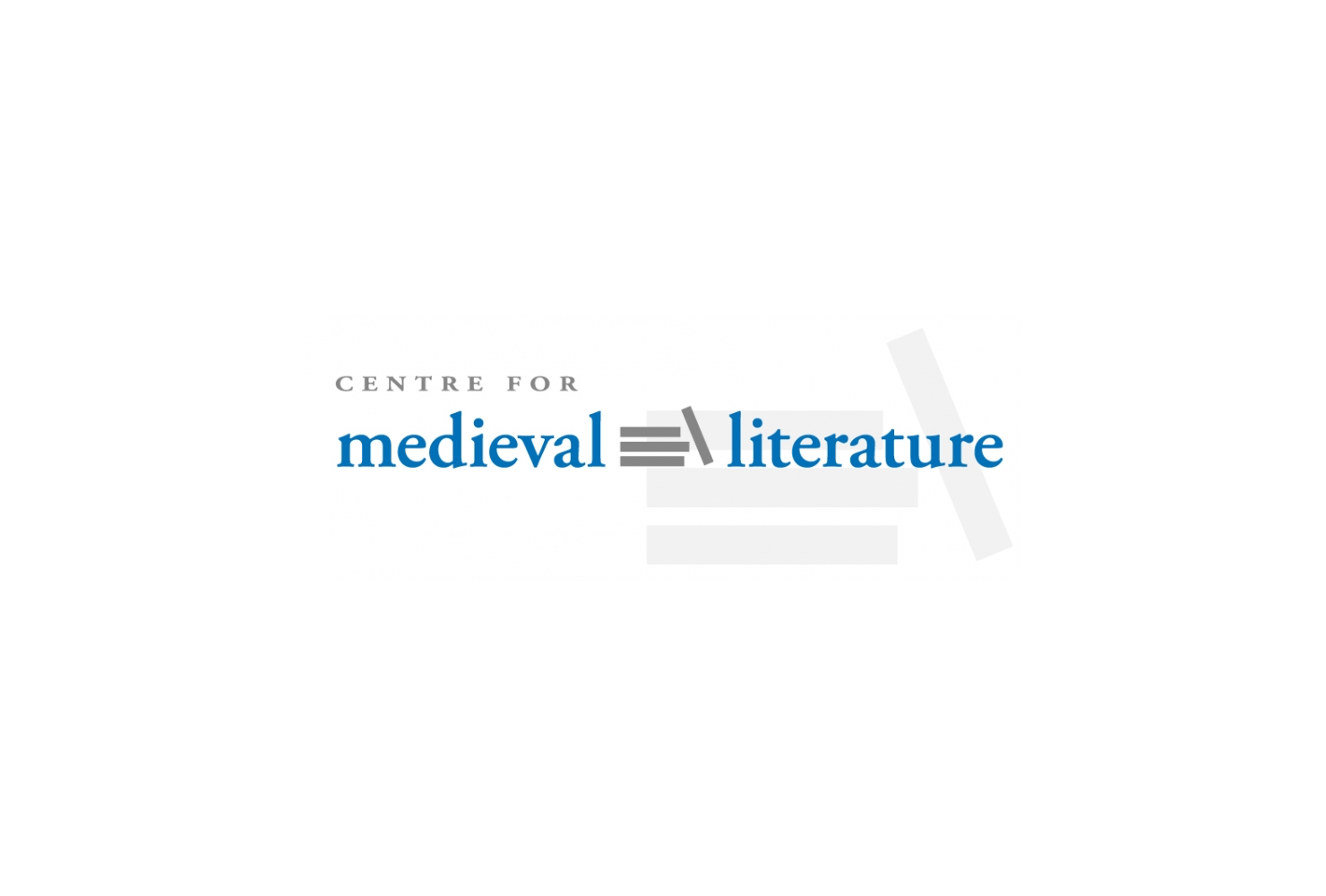
CML Videoseminar. Marilynn Desmond, "Forms of Trojan Matter: Boccaccio’s Filostrato and Chaucer’s Troilus and Criseyde"
CML Videoseminar with Prof. Marilynn Desmond on 10 April 2019 at 2:30-4:00 PM CET. Organised by CML and the Danish Institute for Advances Study
CML videoseminar by Marilynn Desmond (Binghamton University).
Abstract
The trajectory of the matter of Troy in the premodern world illustrates thevibrant effects of the media and the remediation of text technologies in the medieval book-world. The Trojan narratives that circulate in the Latin West derive from the Latin translatio of non-Homeric, Greek traditions on Troy. These texts in verse or prose, Latin or vernacular, generally follow the formal expectations of the medieval genres of romance or historiography.
With Giovanni Boccaccio’s composition of the Filostrato (c. 1335), the horizon of expectation for the matter of Troy is transformed. The acoustics of the Trojan war become refined in the verse form of ottava rima that moves the plot forward with the bounded units of stanzaic narrative. In addition, the use of the Tuscan regional dialect for a Troy narrative had socio-political implications for the trajectories the matter of Troy in the late Middle Ages. The afterlife of the Filostrato in Geoffrey Chaucer’s Troilus and Criseyde (c. 1385) likewise takes the form of a stanzaic narrative. The formal features of these two fourteenth-century texts exploit the musicality inherent in the emerging, vernacular poetics of Tuscan and Middle English, a poetics ultimately shaped by the material potentials of the late medieval book.